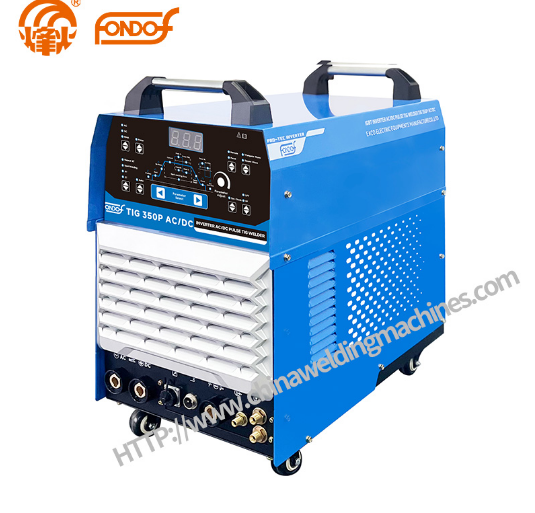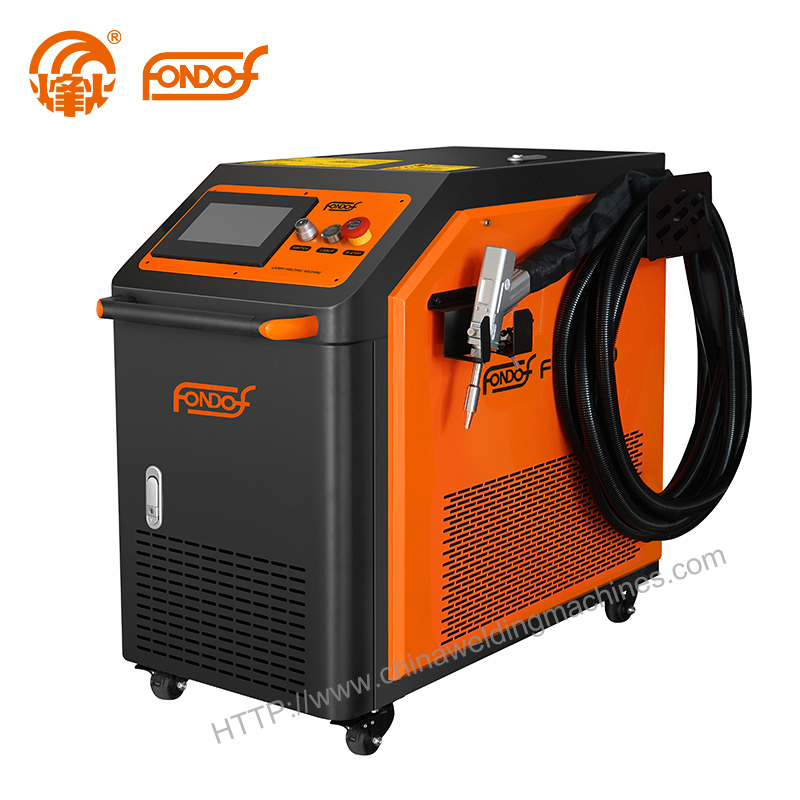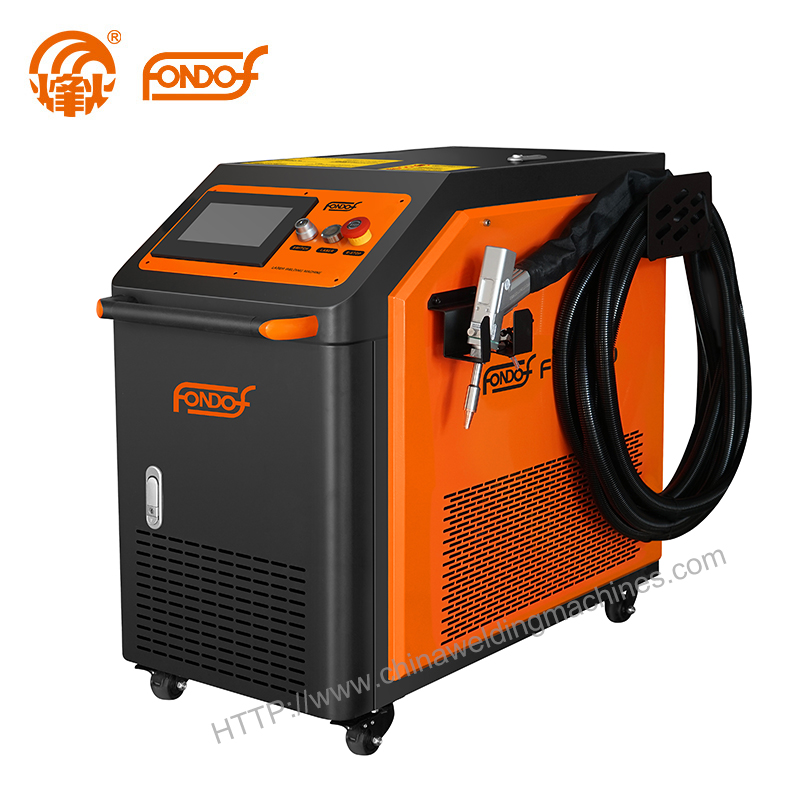What is the Difference Between AC and DC Welding?
 Jul. 13, 2023
Jul. 13, 2023
AC (alternating current) and DC (direct current) welding are two different methods used in welding processes. The primary difference between AC and DC welding lies in the type of electrical current used and their respective advantages and applications. In this response, I will explain the differences in detail.
1. Current Type:
- AC Welding:
AC welding utilizes alternating current, where the flow of electric charge periodically reverses direction. It alternates between positive and negative polarity at a specific frequency, typically 50 or 60 Hz. The reversal of current direction in AC welding helps prevent the buildup of excessive heat in the workpiece.
- DC Welding:
DC welding uses direct current, where the flow of electric charge remains in a single direction. The polarity in DC welding can be either positive or negative, depending on the electrode connection. DC welding provides a stable and consistent arc throughout the welding process.
2. Polarity:
- AC Welding:
In AC welding, the current alternates between positive and negative polarity, switching direction periodically. This bidirectional flow of current helps to prevent the accumulation of excessive heat in the workpiece, resulting in a balanced heating effect.
- DC Welding:
DC welding can be performed in two different polarities: DCEN (direct current electrode negative) and DCEP (direct current electrode positive). In DCEN, the workpiece is connected to the negative terminal, while the electrode is connected to the positive terminal. In DCEP, the electrode is connected to the negative terminal, and the workpiece is connected to the positive terminal. The choice of polarity depends on the welding process, electrode type, and material being welded.
3. Welding Performance:
- AC Welding:
AC welding is commonly used for welding materials with higher electrical conductivity, such as aluminum and magnesium. It provides good penetration and weld pool control. The alternating current helps to clean the oxide layer on the surface of the workpiece, ensuring better arc stability and weld quality.
- DC Welding:
DC welding offers better control over the welding process, especially in terms of arc stability and electrode performance. It provides smoother and more consistent welds with less spatter. DC welding is versatile and suitable for a wide range of materials, including steel, stainless steel, and non-ferrous metals.
4. Electrode Considerations:
- AC Welding:
AC welding typically requires the use of special electrodes designed for alternating current. These electrodes have a balanced coating formulation to withstand the rapid polarity changes and provide stable arc characteristics. For example, aluminum welding often requires AC current along with specialized aluminum electrodes.
- DC Welding:
DC welding allows for the use of a broader range of electrodes. Electrodes designed for specific polarities, such as DCEN or DCEP, can be selected based on the welding process and the characteristics desired for the weld joint. Common types of electrodes used in DC welding include consumable electrodes (e.g., stick electrodes, flux-cored wires) and non-consumable electrodes (e.g., tungsten electrodes in TIG welding).
5. Applications:
- AC Welding:
AC welding is commonly used for applications that involve welding aluminum, magnesium, and their alloys. It is also suitable for welding materials with high electrical conductivity, such as copper and brass.
- DC Welding:
DC welding is versatile and widely used in various welding applications. It is commonly employed in industries such as automotive, construction, shipbuilding, and fabrication. DC welding is suitable for welding steel, stainless steel, cast iron, non-ferrous metals, and alloys.
In summary, the main differences between AC and DC welding lie in the type of electrical current used, polarity characteristics, welding performance, electrode considerations, and applications. AC welding with its bidirectional current flow is advantageous for welding materials with high electrical conductivity and is particularly well-suited for aluminum welding. DC welding offers better control, stability, and versatility, making it suitable for a wide range of materials and applications. The choice between AC and DC welding depends on the specific requirements of the welding process, the materials being welded, and the desired weld characteristics.
If you want to know more information about DC welding machine and AC welding mahcine, please contact us. We will provide professional answers.




























